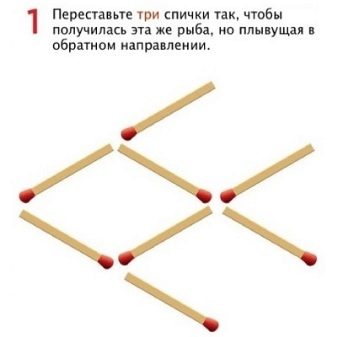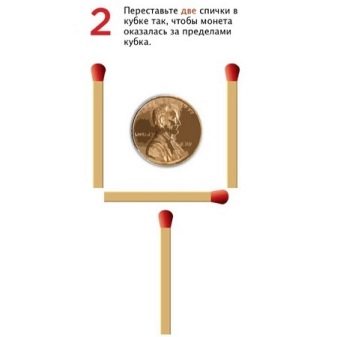Visual-action thinking: definition, characteristics, formation
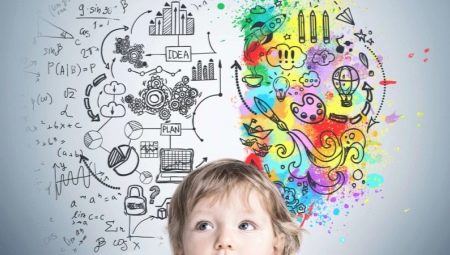
Any person in the process of interacting with specific things is able, relying on his direct perception, to transform the situation. We are talking about a mental visual-action process.
What it is?
Psychologists distinguish 3 stages of the formation of mental activity, aimed at solving basic age problems. At the first stage, the implementation of practical actions is observed. The second stage is characterized by the creation in the mind of a plan for obtaining a result. The third stage is the formation of the conceptual apparatus. We are talking about an effective, figurative and verbal-logical type of mental act.
The very first level of development of a person's thought process is visual-active thinking that helps to learn about the environment and interact with it. With such thinking, there is a meaningful selection of the features of the object, the choice of impact on the object and the transformation of the situation..
The goal and direction of actions are not determined in advance, but are established in the course of obtaining intermediate results of the transformation of the generalized content.
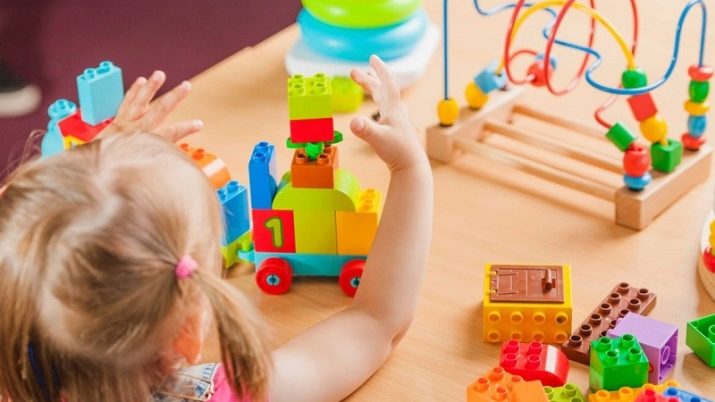
The visual-active type differs from the figurative and verbal-logical types of thinking in a number of features.
- Cognition of the environment is carried out not through abstract concepts, but through specific things... You can touch them, see them, hear them. For example, a person can be convinced of the heating of the stove by touching the surface of the burner with a finger and feeling its warming.
- The tasks to be solved are purely practical.... For example, to improve the lighting in an office, an electrician climbs a ladder to replace a burned-out light bulb. In order not to get wet during a downpour, a person opens an umbrella.
- Any problem that arises is solved with the direct participation of a person... For example, to determine the weight of an object, an individual tries to lift it. Learning about insects, a child looks at a fly or a dragonfly with interest.
- A person acquires new skills in the process of actions according to a certain pattern., and animals - during training by means of reward.
In psychology, there is such a definition: visual-active thinking is a special mental process in which the mental method of reflecting and cognizing reality, establishing the essential properties of objects and phenomena, their patterns is carried out by testing the properties of objects and physical impact on the situation. This kind of thinking is formed in infancy and requires further development. This initial thought base facilitates the acquisition and application of personal experience in real life situations.
The main tools are the word and speech activity, through which concepts, generalizations and logical constructions are formed.

Peculiarities
The main characteristic of the visual-active thought act is reduced to the lowest elementary action, the signs of which can be found even in animals belonging to the highest group of representatives of the fauna. For example, scientific studies of great apes have found that their intelligence is consistent with the mental development of young children.
Visual-effective thinking is characterized by solving the simplest problems by manipulating objects... It is inherent in babies in the first years of life. Early experience is based on cognition of reality with the help of concrete actions, thanks to which the recognition of the surrounding world occurs. The child studies the environment through the senses. He crawls, touches objects, tastes them, to the touch.
The kid learns motor skills, develops fine motor skills, learns to imitate the behavior of adults. At this time, attitudes are formed: "Yes" - with a useful and important result from the performed action, "no" - if possible, harm by actions (therefore, they must be avoided). Thus, an information base is created for a visual-effective thought process.
The development of intelligence occurs by observing real facts, events and their interaction, as well as by performing material transformations with the direct participation of the thinking subject himself.
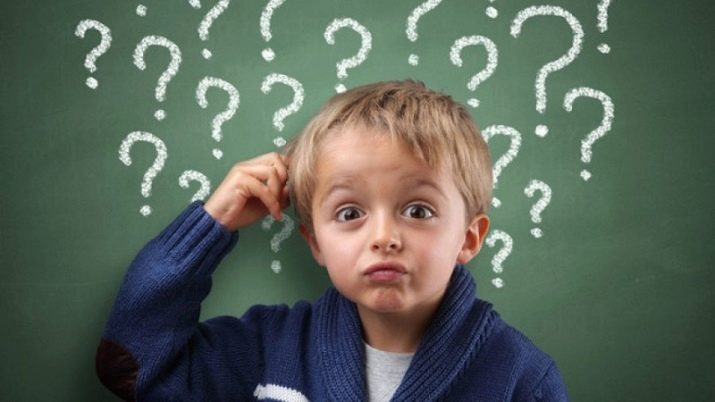
Formation
The main type of child's brain activity is the study of objects through touching them. The kid pulls the toy towards him, twirls it in his hands, tries to open it, tears off individual parts. In childhood, people believe that there are no concepts that cannot be felt, touched, heard or seen. Closing his eyes with his palms, the baby thinks that he has become invisible to others.
When teaching mental arithmetic, a child needs to use real sticks. Cognition of the environment is carried out through the use of fine motor skills. Formation of the ability to think clearly and effectively in children begins with practical actions, not yet subordinate to planning.
There are many interesting methods for diagnosing this kind of thinking. For example, the Seguin Plank technique is suitable for small children... Two-year-olds are offered boards with 4 tabs. The 10-tab boards are designed for older children.
First, the baby is offered to consider the assembled version. Then the tabs are removed, and the child must return them to their place. Difficulty performing the exercise indicates a low level of development of this type of mental activity.
A special achievement of the infant is mastering the ability to move. Children learn to walk and begin to orient themselves in space. Immediately, the baby's horizons expands thanks to the acquaintance with new objects. The impressions accumulated in this process are the basis for the development of the baby's speech. The child begins to understand that every thing has its own name.
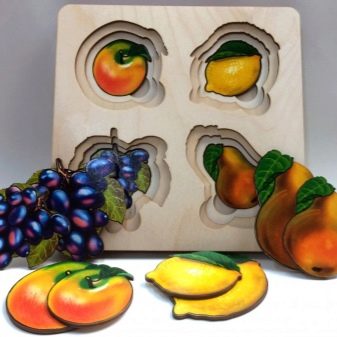

Visual-action thinking has some age differences.
In infancy
The infant's brain activity is directly related to real-tangible objects, interaction with them. Up to three years of age, a mental visual-active act is the main type of child's thinking. The formation of the ability to think occurs through the desire to touch a thing, lick it, disassemble, connect parts... During the exploratory act, the toddler breaks toys and other objects. He wants to understand the structure of the surrounding world and its objects.
In young years
A three-year-old baby, if it is impossible to reach an object with his hands, is able to climb onto a chair next to it. Undesirable consequences are established empirically.... The formation of the skill of mental problem solving is carried out from 3 to 5 years. Thus, the baby begins to master visual-figurative thinking.
For preschoolers
Older child relies on its own experience and can construct in his imagination a preliminary picture of the consequences of his actions. This means that preschoolers gradually develop a conceptual perception of the world.

Meaning in adulthood
This type of mental activity does not lose its relevance for a mature person. It is used along with figurative and verbal-logical thinking to perform various actions, the final result of which is impossible to predict.
All practical processes are directly related to the visual-action approach... Rearranging furniture, putting things in their places, as well as repair, engineering, mechanical work are associated with this type of mental act. Professions involving manual labor and the predominance of practical activity require the possession of good visual-active thinking. It is necessary for surgeons, locksmiths, plumbers, tailors, artisans, inventors, scientists, generals and leaders.

Games and exercises
Before the child is one year old, you can teach him manipulating the ropes to retrieve a toy... It is necessary to tie the ribbon to the object of interest to the baby, which is placed so that the baby can pull on the rope in order to attract him to himself. The child's interest is maintained with the periodic replacement of toys. When the baby can already specifically throw out rattles to watch them fall, you need to tie objects to the wall of the crib so that the child can get the rattle by pulling the ribbon.
Experts advise teaching children to assemble pyramids in forward and reverse order., building from blocks of large and small towers. Exercises related to collecting cut pictures into a single panel should be performed. The depicted contour of the object, which should be filled in with separate fragments, makes it easier for the child.
Psychologists recommend the use of hands-on games. For example, while feeding a baby, you need to give him the opportunity to feed others from a spoon, including dolls. Have him have a tea party for teddy bears and bunnies, and then put them to bed. The ability to think clearly and effectively when rolling dolls and soft animals in a toy stroller, in children's cars develops well.
Experts advise taking care of flowers with your child.so that he can see the recovery of the plant from a dried state.Together with the children, you need to sculpt dumplings, fasten and unfasten buttons, tie shoelaces, connect and disconnect parts, glue, twist and unscrew the lids. After teaching the baby these actions, he should be given the opportunity to reproduce them on his own..
For the development of this type of thinking, adults are advised to collect puzzles, solve puzzles with matches, sculpt, burn out, knit, embroider, draw, watch various TV shows for arranging a home with accompanying training in creating all kinds of crafts.
You need to try to repeat the necessary actions after the presenters to get these things.
